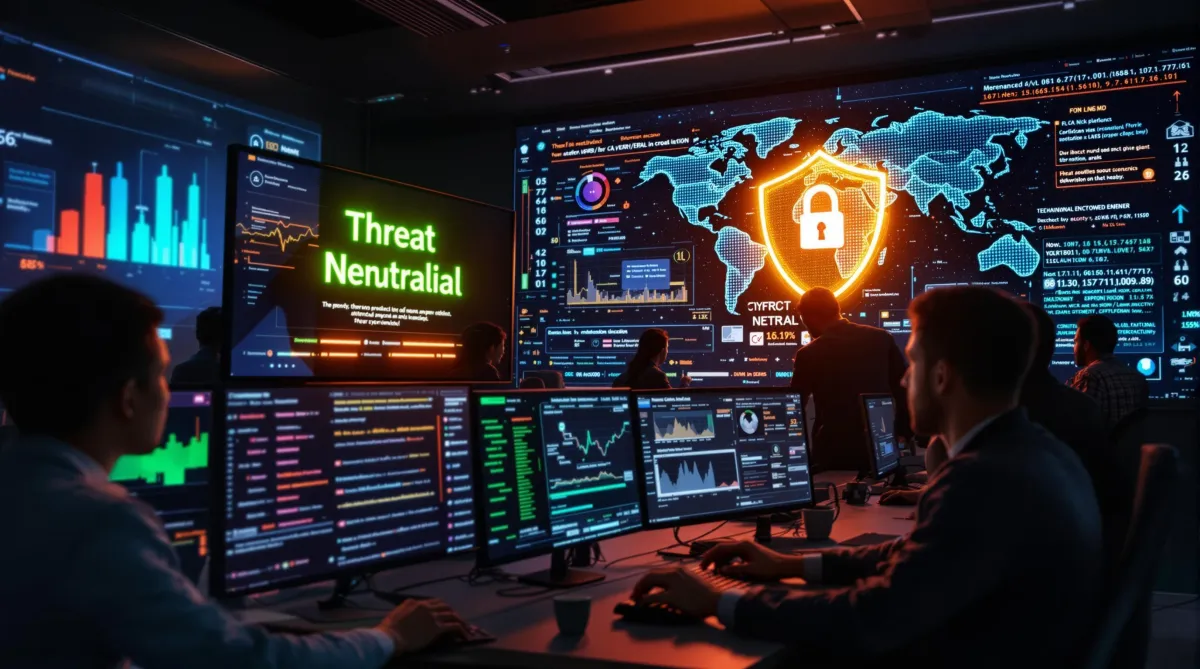Tel: 650-980-4870
Blog

Successful Cyber Defense
Defending against cyberthreats requires a combination of technology, processes, and people. A successful cybersecurity strategy involves proactive measures, continuous improvement, and a strong organizational culture of security. Here are the key components:
1. Strong Security Policies and Governance
Develop and enforce clear cybersecurity policies, including acceptable use, data protection, and incident response.
Ensure compliance with relevant regulations (e.g., GDPR, HIPAA, CCPA).
Regularly review and update policies to address emerging threats.
2. Comprehensive Risk Assessment
Identify and prioritize critical assets, systems, and data.
Conduct regular risk assessments to understand vulnerabilities and potential attack vectors.
Use frameworks like NIST Cybersecurity Framework or ISO 27001 to guide risk management.
3. Layered Security Architecture
Implement a defense-in-depth approach with multiple layers of protection:
Perimeter security: Firewalls, intrusion detection/prevention systems (IDS/IPS).
Endpoint security: Antivirus, endpoint detection and response (EDR).
Network security: Segmentation, VPNs, and secure configurations.
Application security: Secure coding practices, web application firewalls (WAFs).
Data security: Encryption, data loss prevention (DLP).
Use Zero Trust principles: "Never trust, always verify."
4. Employee Awareness and Training
Conduct regular cybersecurity awareness training to educate employees about phishing, social engineering, and other threats.
Simulate phishing attacks to test and improve employee responses.
Foster a culture where employees feel comfortable reporting suspicious activity.
5. Incident Response and Recovery Plan
Develop and test an incident response plan (IRP) to handle breaches effectively.
Include steps for detection, containment, eradication, recovery, and post-incident analysis.
Maintain backups of critical data and test recovery processes regularly.
6. Threat Intelligence and Monitoring
Use threat intelligence to stay informed about emerging threats and vulnerabilities.
Deploy Security Information and Event Management (SIEM) systems for real-time monitoring and analysis.
Leverage tools like Extended Detection and Response (XDR) for unified threat detection.
7. Regular Vulnerability Management
Conduct regular vulnerability scans and penetration testing.
Patch software and systems promptly to address known vulnerabilities.
Use automated tools to manage and prioritize patching.
8. Third-Party and Supply Chain Security
Assess the security posture of vendors and partners.
Include cybersecurity requirements in contracts and agreements.
Monitor third-party access to systems and data.
9. Adoption of Advanced Technologies
Use AI and machine learning for threat detection and response.
Implement multi-factor authentication (MFA) for all critical systems.
Leverage cloud security tools if using cloud services (e.g., CASB, CSPM).
10. Continuous Improvement
Conduct regular audits and security assessments.
Learn from past incidents and update defenses accordingly.
Stay updated on the latest cybersecurity trends and best practices.
11. Leadership and Investment
Ensure executive buy-in and allocate sufficient resources for cybersecurity.
Appoint a Chief Information Security Officer (CISO) or equivalent role to lead efforts.
Treat cybersecurity as a business priority, not just an IT issue.
By combining these elements, a company can build a robust defense against cyberthreats and minimize the risk of breaches. However, no system is 100% secure, so resilience and the ability to respond effectively to incidents are equally critical.
Menu
Services
© Copyright 2023. Optimal Outcomes. All rights reserved.
